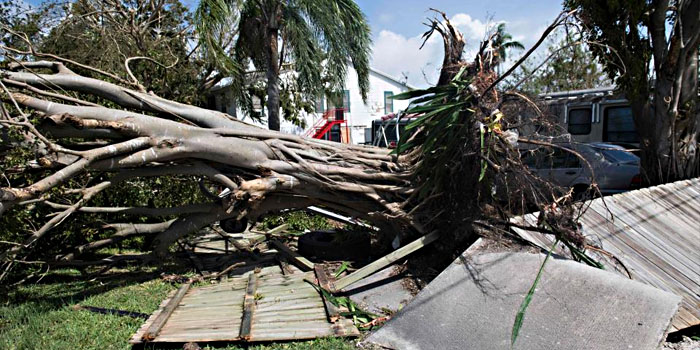Here are a few helpful tips on caring for your garden
WateringIf you have watering system, we recommend watering every second day for the first few months. (As a general rule! Remember that plants have differing needs, so check any special care instructions if you are unsure). To establish how long they need to be watered for, do a test by turning on the irrigation system manually and watching to see when the soil is wet down to the roots of the plants. As a rule of thumb, 30 minutes is a good time to start with and you can adjust from there. If you only have a watering can, try watering every few days, again checking the soil to make sure you're watering them sufficiently.
FertilizingLike us, plants need food to grow and repair them-selves, and your new plants are no exception! In fact, because they have a relatively small root system and will be doing quite a lot of growing, they need extra care. The three main elements plants need are nitrogen (N), potassium (P) & phosphorus (K), so a fertilizer containing these is recommended. When giving your plants their first feed try using a liquid fertilizer with about half the concentration of normal as at full strength it can damage new roots. As a rule of thumb when plants are in their growing stage and leaves and branches are growing, a fertilizer with a higher concentration of nitrogen is needed. During their flowering season (summer) use a fertilizer with a higher concentration of potassium and phosphorus. Once or twice a year give your plants some trace elements. With the right fertilizer at the right time your plants will be happy and healthy.
Watering Your LawnDepending on the time of year, the amount of water needed by your lawn will vary. If it's quite warm you might need to water your new lawn every day, but in mid-winter every second or third day may be sufficient. What's important is keeping an eye on the lawn. Try lifting up a little of the corner and checking whether the water is getting to the soil below. New lawns are at their most sensitive in the first few weeks and if enough care is taken in this establishment phase your lawn will remain green and healthy.
Feeding Your LawnUsually after mowing your new lawn it's also a good time to feed it. In the warmer months your lawn will be most actively growing and will require a balanced fertilizer with trace elements. Try staying off the lawn for a few weeks. If the turf can establish its roots and not be disturbed it will be a healthy lawn with no dead spots. We know it's hard but it's worth it! After a month or so your lawn should be starting to grow and may need a mow. The best thing to do is to put the mower on its highest setting and for each consecutive cut after that reduce the setting of the mower until you reach your desired length. Cutting the lawn too low on the first cut will stress the lawn out and make it go yellow. Keep an eye out for weeds growing in your new lawn. These will invade and quickly take over. If you're diligent you can remove them with a small hand held garden fork, remembering to remove the whole weed - roots and all. If you find your invasion is beyond removing the weeds by hand you can try a broadleaf herbicide. Some liquid lawn foods now have this included in them.




